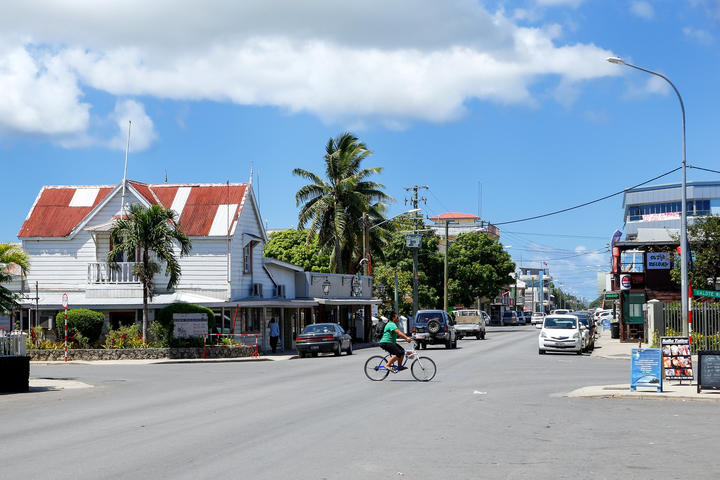
The Asian Development Bank (ADB) has joined with the Government of Tonga to showcase findings of a groundbreaking report analyzing climate and disaster risk management in the Pacific nation.
Tonga is one of the most vulnerable countries in the world to the impact of climate change.
The findings, part of an upcoming report by ADB, were discussed at an event at COP26 hosted by ADB, the World Bank, and the Climate Investment Fund.
In 2020, ADB and the Government of Tonga commissioned a multi-hazard climate and disaster risk assessment covering the island of Tongatapu to identify both high- and low-risk areas and communities. The assessment analyzed 28,000 buildings, 1,200 kilometers of roads, 26,000 power, and 500 water assets across the entire island based on international, regional, and national datasets and field observation. These assets were plotted against earthquakes, windstorms, tsunamis, rainfed, and coastal flooding hazards to model the impact of natural hazards with and without climate change.
The assessment, adopted by the cabinet of Tonga on 27 August 2021, identified climate and disaster risks to assets and population in annual average losses across the main island, Tongatapu.
Modelling showed that permanent losses under sea-level rise scenarios are significant. For instance, under a one-meter sea-level rise scenario, permanent losses would amount to more than 10 times the losses for Tropical Cyclone Gita. Under this scenario, 25% of buildings, 11% of roads, 16% of water, and 29% of power infrastructure would be permanently lost.
“The assessment led by the Government of Tonga also identifies relatively safe areas on the island for future investments and adaptation,” said ADB Principal Climate Change Specialist for the Pacific Noelle O’Brien. “ADB and the government are shifting their focus to an upstream and longer-term perspective for Tonga, setting the stage for resilient development and adaptation strategies against climate change.”
“Earthquakes, tsunamis, floods, and cyclones are a constant threat to Tonga, which ranks second of 181 countries on the World Disaster Risk 2020 Index,” said Ministry of Lands and Natural Resources Chief Executive Officer Rosamond Carter Bing. “The assessment helped us gain an understanding of the areas in Tongatapu that would be at high-risk from climate change and subject to frequent or even permanent flooding. Armed with this knowledge, working with ADB can help mitigate this risk and the time to act is now.”
The information captured in the assessment will lead to the gradual development of safer areas and steering investments away from the highest risks while ensuring that all investments are designed and operated to withstand multiple hazards. This includes using post-disaster situations and recovery to not only “build back better” in a manner resilient to natural hazards, but to promote the development of settlements and any new asset investments away from high-risk locations for a more resilient Tonga.
Photo file RNZ Pacific
